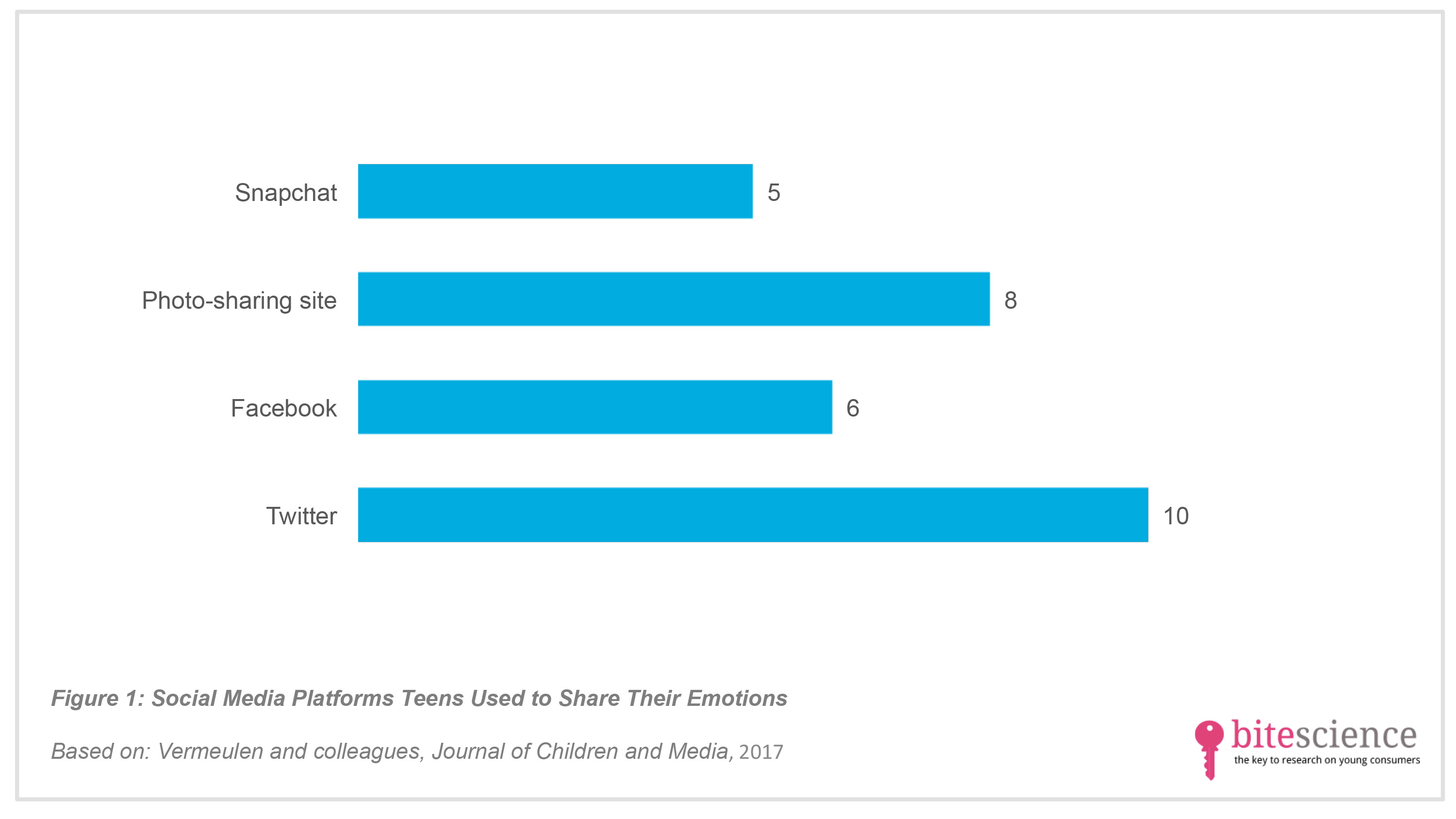
Teens Rather Share Their Emotions Offline than Online
Social sharing of emotions, meaning that you tell someone about an event you experienced and the emotions you felt, can be a good strategy for teens to regulate their emotions. The ever-increasing mediated communication modes like texting, chatting, and social media give teens plenty of opportunities to share their emotions with others. Nevertheless, a study in the Journal of Children and Media shows that they prefer to share their emotions the old-fashioned way, that is, face-to-face.
Take aways
- Teens often share their positive and negative emotions with others, and they most often do so with friends.
- They prefer to share their emotions face-to-face, and when this is not possible via calling or texting.
- Each communication mode has its own advantages and disadvantages and together these determine how and why teens share their emotions in a certain situation.
- On social media, teens prefer to share positive emotions, and not negative ones.
- For youth workers concerned with teens’ emotion regulation it is important to acknowledge that, although teens use newer forms of mediated communication extensively, they do not necessarily want to share their emotions via those platforms.
Study information
The question?
With whom do teens share their emotions, via which (online and offline) communication modes do they do so, and what factors play a role in choosing a communication mode to share emotions?
Who?
22 teens aged 14 to 18 years old (60% girls; 55% followed general education, 13% technical, 18% arts, and 14% vocational education)
Where?
Belgium
How?
All teens completed an interview with the researcher, which consisted of two parts. In the first part, teens described several events that happened in the last month. These could be daily uplifts (e.g., winning a sports game) or hassles (e.g., getting a bad test result), but also bigger life events like being bullied or losing a parent. For each event they described, teens had to tell which positive and negative emotions they felt, whether they shared these emotions with someone, and how they shared these emotions.
In the second part, the researcher presented teens with visual aids of the following communication modes: face-to-face, calling (by phone, Skype, or other), texting (via SMS, WhatsApp, or Facebook Messenger), email, chat, social media (like Facebook, Twitter, or Snapchat), photo-sharing sites (like Tumblr), and video-sharing sites (like YouTube). For each mode, teens could indicate whether they used the mode to share emotions, for which emotions they did (not) use it, how they used it to share emotions, and the reasons why they did (not) use the mode.
Facts and findings
- Teens had shared almost all emotional events with at least one other person.
- When doing so, they used to describe what had happened, but did not always tell the other person how that made them feel. They thought the other would know how they felt based on their description of the event.
- Teens most often shared their emotions with friends and, to a lesser extent, also with family members (parents, especially mothers, siblings, and cousins), their teacher, or strangers (mostly via Twitter, Tumblr, or a professional helpline).
- Teens mentioned advantages as well as disadvantages for most communication modes, which played a role in their choice for a certain mode to share their emotions.
Face-to-face conversation
- Teens’ preferred mode for sharing emotions, because it allowed them to express their emotions more clearly, use non-verbal cues, and receive better support from the other person.
Texting and calling
- Runner-up in preferred way to share emotions.
- In some cases, teens preferred texting over face-to-face conversations and calling, especially when the described emotion was complex and teens wanted to think about what to say and how to say it.
- Calling was seen as richer in cues and more personal than texting, but also more intrusive than texting. Calling was thus seen as an appropriate mode for sharing more intense emotions, whereas texting could be used for all emotions.
- However, some teens felt too little control in a phone conversation and were afraid of awkward silences. Moreover, they thought calling was more expensive.
- Teens sometimes used calling and texting as a teaser or short version of their story, so that they knew they could talk about their emotions with the other person when they spoke to each other face-to-face.
Social media and photo-sharing sites
- Some teens used social media to share their emotions (see Figure 1), because this allowed them to express their emotions in a subtler way, for example by posting a picture or a quote.
- Teens indicated differences in the way social media platforms were used to share emotions. For example, on Twitter, both positive and negative emotions could be shared, but on Facebook and Snapchat it was more appropriate to share positive and funny things.
- Especially when feeling positive emotions, teens wanted to share this feeling with their larger network, and thus chose to post something on Snapchat, Facebook, Twitter or a photo-sharing site.
- Teens were aware that sharing their emotions online, particularly negative ones, could lead to a misuse of their post, for example by others copying their messages and posting them somewhere else.
- Most teens wanted to have a good reputation and thus did not post something online on which they could get negative feedback or that could hurt their image.
- Critical note. Only a small number of teens were interviewed for this study, which limits the degree to which the results can be generalized to all teens.
